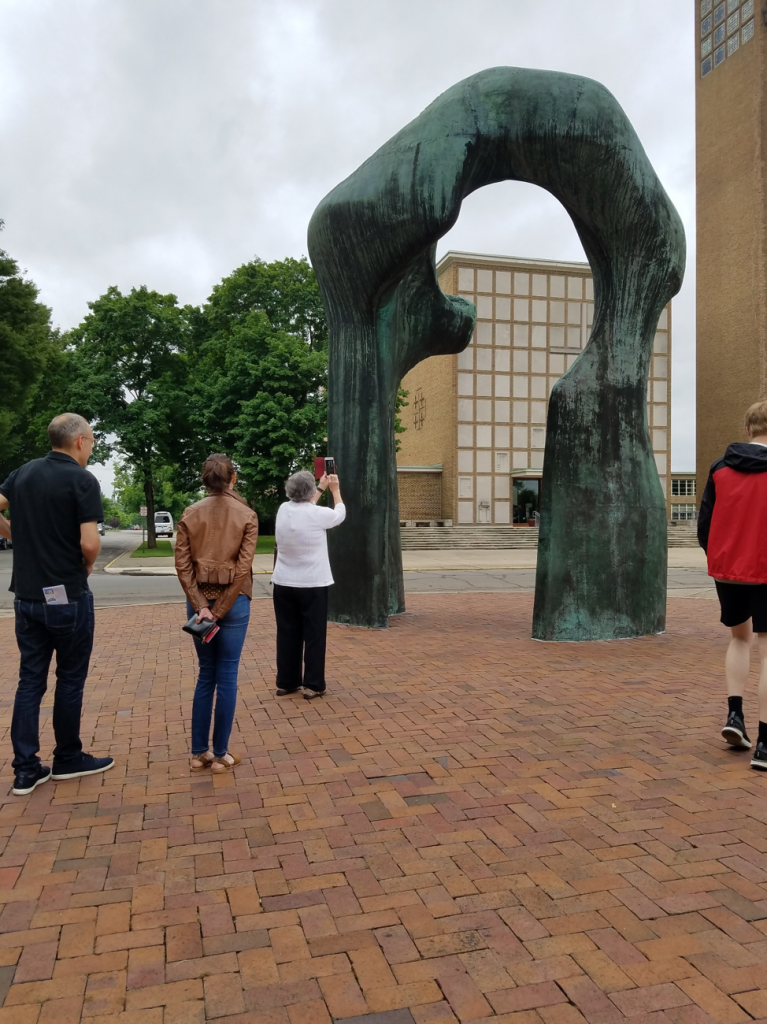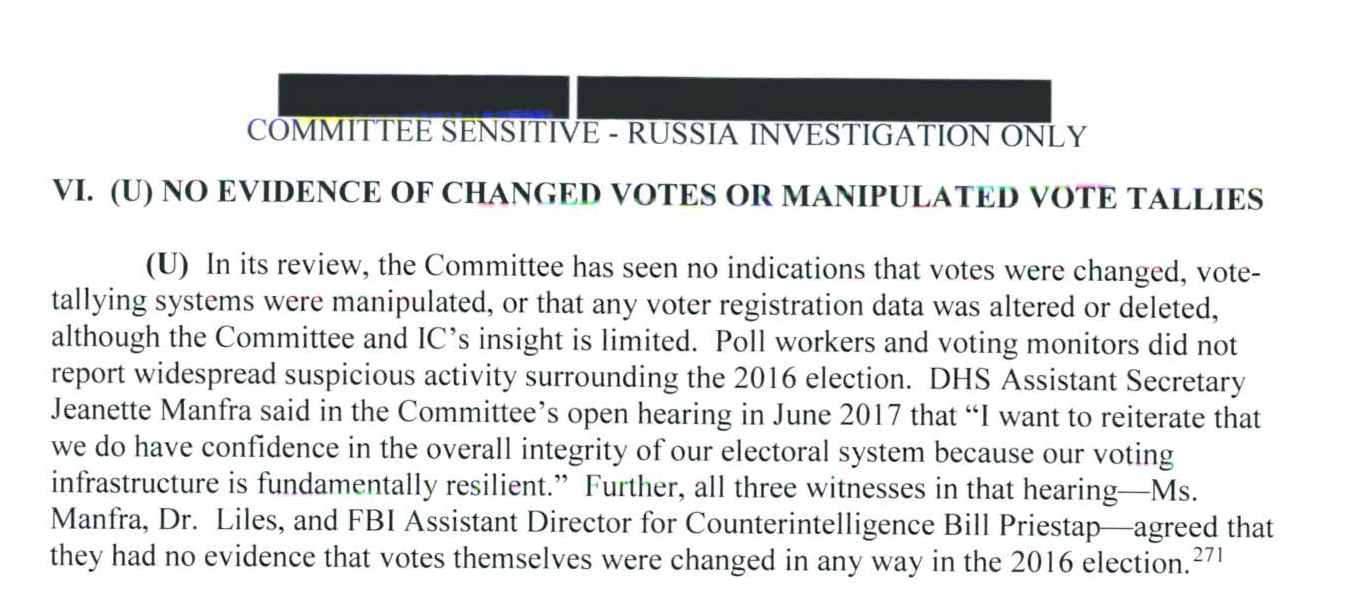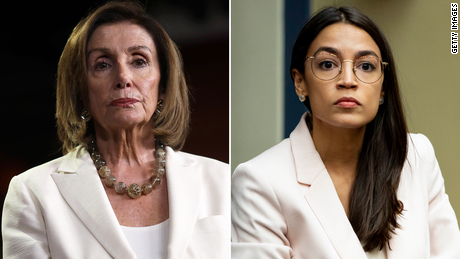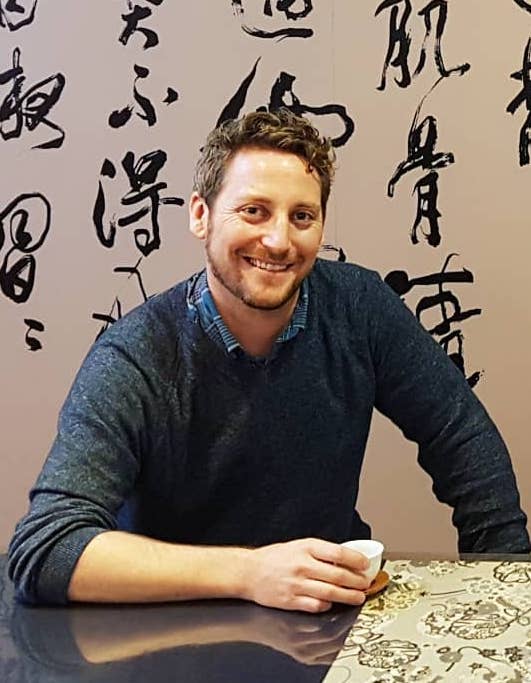
Most by now are familiar with Donald Trump’s insistence that COVID-19 be referred to as the ‘Chinese‘ or ‘Wuhan virus.’
In one sense, pointing out gaps in Trump’s logic is, in effect, to gaslight one’s self. After all, he tweeted that COVID-19 was less harmful than the flu as late as March 9th, then swiftly moved to accept its growing impact on March 11th. By March 16th, he had switched from calling it coronavirus to the ‘Chinese virus.’ More recently, Trump declared that the economy must be back on track by Easter, despite warnings from experts that COVID-19 will likely be peaking in much of the US at that time. On March 29th, that date was pushed back from Easter until April 30th. I could go on …
If we view Trump as a strategic actor who is utterly shameless in defending his interests, then his ‘logic’ does indeed make sense. Consistency and accuracy regarding the science of COVID-19 (or any topic, for that matter) are tools to be used or discarded as it suits his advantage. Considered in this light, the term ‘Chinese virus’ can be seen as a rhetorical device that aims to divert attention from the Trump administration’s many failings throughout this affair by reducing culpability for the spread of COVID-19 to one main variable — China. Continue reading “IT’S A CHINESE VIRUS!!!!! Or, Yes, Words Have Meaning(s)”






 1. When people ask what you study, what do you tell them?
1. When people ask what you study, what do you tell them? 1. When people ask what you study, what do you tell them?
1. When people ask what you study, what do you tell them?
